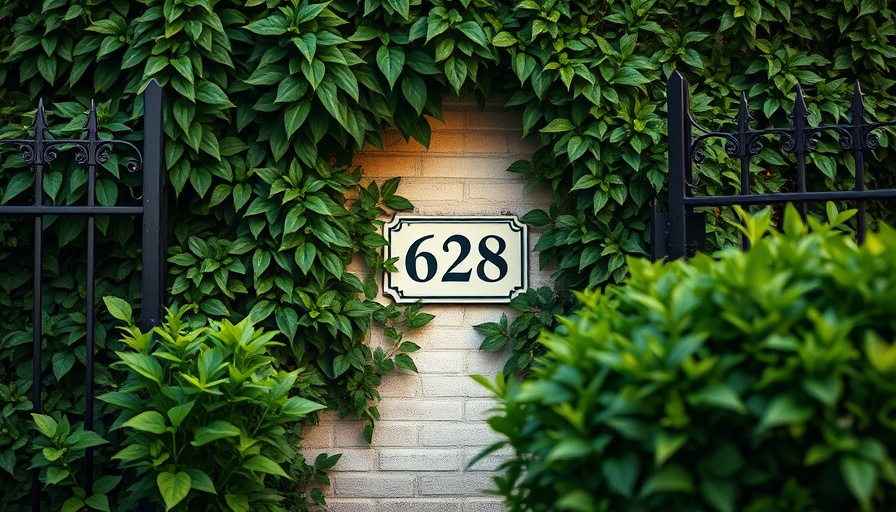
Understanding Mandatory Repairs After Home Inspections
In the intricate world of real estate, home inspections serve as a pivotal moment for both buyers and sellers. For buyers, inspections can reveal hidden issues that might lead to expensive repairs post-purchase. For sellers, they can highlight problems that might impede a sale. But amidst the flurry of inspection reports and repair negotiations, a crucial question often arises: which fixes are truly mandatory?
Identifying Key Repairs: Structural Integrity and Health Safety
While there’s no universal legal requirement for repairs following a home inspection, certain issues can significantly impact the transaction. Structural integrity is of utmost importance. Signs of serious structural problems include:
- Significant foundation cracks
- Sagging roofs
- Major water damage
These issues not only pose safety risks but can also deter potential buyers or stall the sale if financing is involved. This is especially true for buyers using federally-backed loans, such as FHA or VA loans, which often have stringent repair requirements.
Health Hazards: The Non-Negotiables
Shifting focus from structural concerns, health and safety hazards warrant equal attention. Conditions like mold, high radon levels, and lead paint can have dire consequences for occupants. If a home is being marketed, sellers should conduct thorough testing for environmental hazards before listing. Detecting these concerns early can facilitate smoother negotiations and build buyers’ trust.
For buyers, knowing about potential health risks can empower you to negotiate repairs or requests for financial credits during the buying process. Consider obtaining an independent estimate for remediation to strengthen your bargaining power.
Essential Repairs: Plumbing and Electrical Safety
Besides structural and health-related issues, buyers and their lenders typically expect common safety repairs to be addressed. This includes active plumbing leaks and electrical hazards, such as:
- Dripping pipes
- Exposed wiring
- Outdated electrical components
It’s crucial for buyers to prioritize these critical repairs over less urgent cosmetic issues.
Proactive Measures for Sellers
For sellers, understanding the importance of mandatory repairs can lead to successful transactions. Performing a pre-listing inspection can identify potential issues before they disrupt the sale. This proactive approach not only helps in addressing serious problems but also places sellers in a stronger negotiating position.
As a result, they can provide customers peace of mind, knowing they are buying a home in good condition. Presenting a well-maintained property can help in achieving not only a quicker sale but potentially a higher sale price.
Conclusion: A Balanced Approach to Home Inspections
Both buyers and sellers must navigate the intricate dynamics of home inspections thoughtfully. By recognizing the mandatory repairs that can influence a sale, both parties can ensure smoother transactions. Whether it’s addressing structural integrity or ensuring safety from health hazards, understanding the nuances of these inspections can lead to advantageous outcomes in real estate dealings. Furthermore, the insights gained from this process not only help in successful negotiations but also foster a culture of transparency in the housing market.
 Add Row
Add Row  Add
Add 




 Add Row
Add Row  Add
Add 

Write A Comment